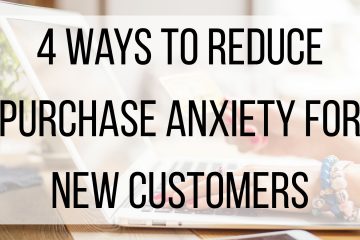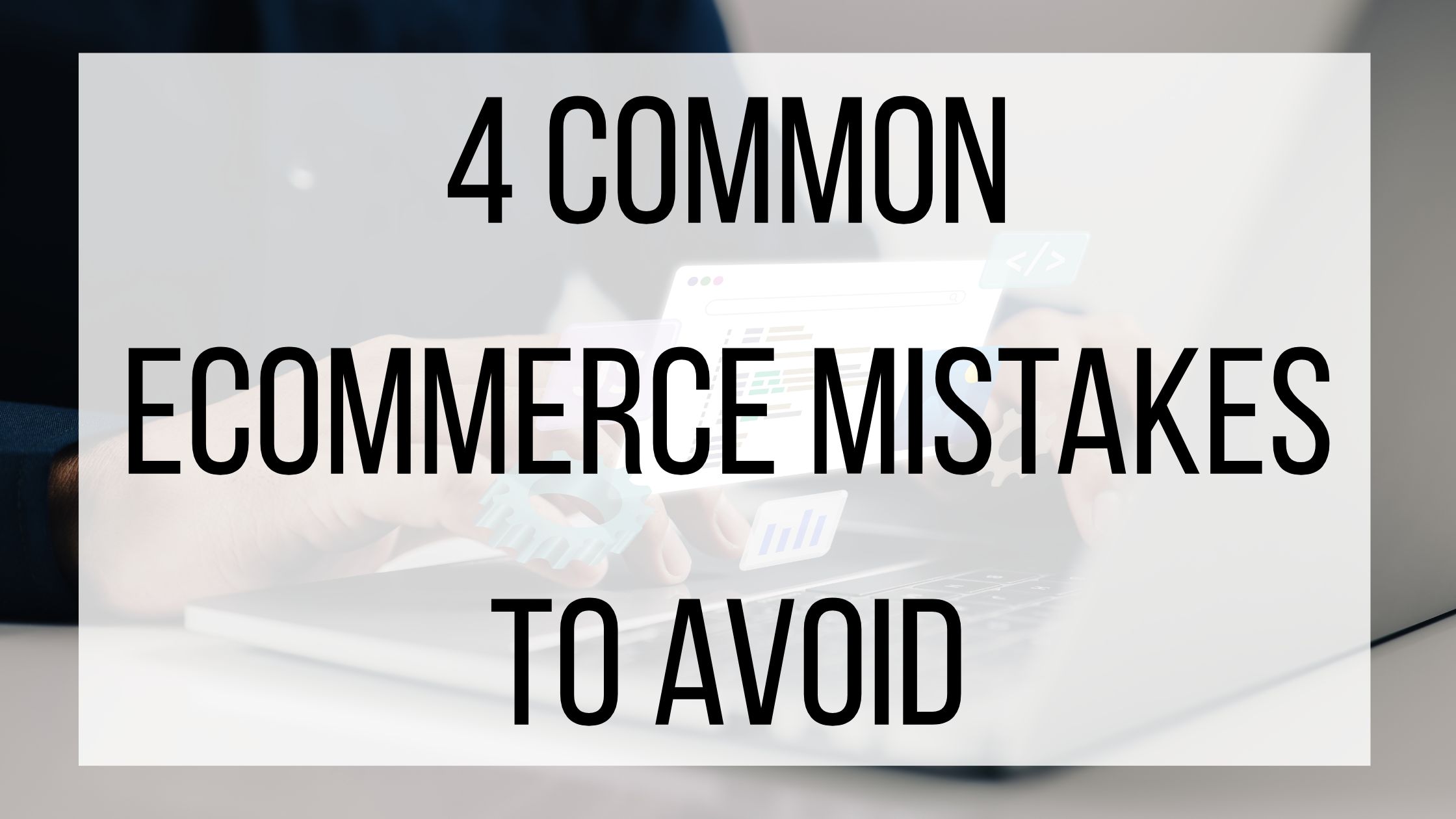Reputation Management: Handling Your Online Presence

Having a positive brand image can help your company immensely with sales and customer relationship management. Especially when it comes to online shopping, customers are understandably hesitant. With so many scams and untrustworthy companies, having a solid brand image is one of your biggest assets. A study done in 2018 found that customers read an average of 10 reviews before purchasing from a business, showing how dependent people are on reviews and an overall positive view of the brand. However, no matter how wonderful products and customer service are, you will always have a customer who has something negative to say. Rather than trying to hide these comments and reviews, here are some tools and tips to help you stay on top of your reputation management and customer relationship management (CRM).
Track Your Mentions:
The first step to improving reputation management and keeping control over your reviews is to check them every single day. Your social media sites should send you a notification when a customer interacts with you, making it easier to formulate a quick response. These notifications include direct messages, a tag on Instagram, Facebook, or Twitter, comments on a post, or anything else that directly relates to your page. While you do not need to respond to every single comment, it is nice to acknowledge them with a “like” or a short response. If you see a negative review, you do need to respond and address the problem. Tastefully promote the strengths of your business in an authentic, personal, and non-condescending way. Then, take the issue offline to resolve it privately by offering your contact information for the upset customer to reach out to.
Another way to track your reviews are by using websites such as Mention. Mention, among other services, allows you to track when your company or keywords are mentioned online. This is helpful not only to keep track of where you are being discussed on social media, but on websites and message boards as well. BirdEye is a SaaS reputation management service that collects feedback and helps you monitor reviews, promote, and respond to customers. Additionally, they can help you keep tabs on your competition. Using tools such as these are extremely helpful for making sure you are seeing all of your reviews, good and bad. However, they are only useful if you are diligent about responding to negative reviews and taking advice that customers leave.
Things to not do:
When you get a less-than-stellar review, your first reaction might be to get defensive. Instead of lashing out, put yourself in the customer’s position, and listen to what they are upset about. If the negative review they left seems absurd or rude, it is easy to want to lash out in retaliation. However, that will only make the problem at hand worse. You also absolutely do not want to ignore the negative review. Even if you privately handle the situation (which you should), leave a brief public reply. Otherwise, you risk the impression to other customers that you will not handle the issue and do not care about your customer’s satisfaction. Deleting the negative review will give the impression that you not only do not care about the customer’s issue but that you have something to hide.
Things to do:
Acknowledge the real issue at hand. Upset customers want their voice to be heard, and often writing an angry review is quicker and more satisfying for them than calling up customer service to complain. Let them know that you are sorry they are upset, and try to naturally integrate some of your business’s strengths in your reply. Without putting blame on yourself, empathize with the customer and let them know that you are going to take whatever measures you can to solve their problem. Then, after you have publicly addressed them, take the conversation to a private channel to offer a solution. Leaving the review with the reply will show other customers that you do care if they have an issue in the future, you stand behind your company, and your business is authentic and personable.
Managing your reputation can be difficult, even when you have a great product and service. Customers get confused and upset, or sometimes your company will make an honest mistake. Use negative reviews as a learning experience to improve things that might have gone wrong. By using a combination of tools to help you track what customers are saying and quickly handling reviews, your reputation will be on the rise.



1 Comment
space waves · January 8, 2025 at 10:01 pm
I’d love to learn more about effective real-life examples of reputation management in action!